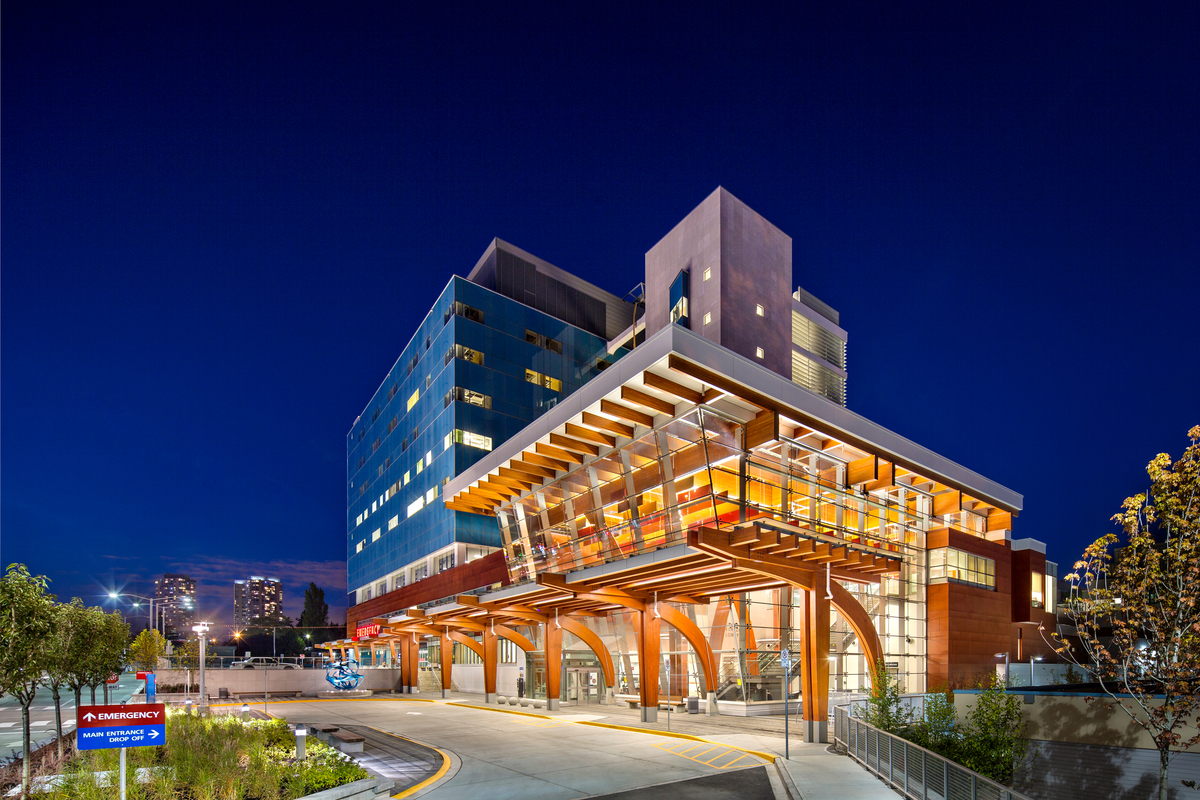Wood and biophilia in healing environments
Many factors contribute to a physically healthy indoor environment, including plentiful natural light, adequate fresh air ventilation, maintenance of comfortable temperatures and humidity levels and limited exposure to environmental contaminants such as dust and harmful vapours.
Just as the definition of green building has expanded with time, so has our understanding of human health expanded to include not only our physical condition but also our psychological well-being.
We have known intuitively for a long time that humans have an affinity for nature, and being in a natural environment—a forest, a park or simply our own garden—can make us feel more relaxed. The term biophilia has been coined to refer to this phenomenon.
Scientists have now confirmed that this sensation of relaxation in the presence of nature is due to a reduction in stress reactivity in our sympathetic nervous system (SNS). This is both psychologically and physiologically beneficial for those in contact with nature.
Surrey Memorial Hospital Emergency Department and Critical Care Tower | Photo credit: Ed White Photographics, courtesy of CEI Architecture and Parkin Architects
